It was just two years after the second split of Roxy Music—the first a two-year break from 1976 before ’78 and the release of the band’s album Manifesto—when founding members, guitarist Phil Manzanera and saxophonist Andy Mackay, converged as The Explorers, a short-lived synth-pop project that produced one self-titled album in 1985. Several years later, Mackay and Manzanera regrouped again for their first collaborative album, Crack the Whip, in 1988, followed by Up in Smoke a year later, then Manzanera and Mackay in 1991.
Nearly two more decades passed before their reformation for Manzanera & Mackay – Roxymphony in 2019, then AM/PM—Mackay and Manzanera’s timestamped initials. Released in 2023, the latter mostly instrumental album was recorded during the pandemic lockdown, and also features Roxy Music drummer Paul Thompson, who previously worked on Manzanera’s solo projects and with Mackay’s project, the Metaphors.
Both started working on AM/PM throughout 2020 and 2021, then wrapped it up after the Roxy Music 50th-anniversary tour concluded in 2022. A year after releasing AM/PM, Mackay and Manzanera performed the album live during three sold-out shows in March 2024 at an intimate theatre in the Soho district in London. Later mixed in Dolby Atmos, AM/PM Soho Live features British and Portuguese singer-songwriter Sonia Bernardo, along with Thompson, and violinist Anna Phoebe, who briefly played with Roxy Music in 2010.
Along with most of the original AM/PM tracks—“Blue Skies,” “Mat 1,” “Yazz,” “EGM.,” “Newanna, “CC,” “Ambulante,” and “Seth”—the Soho Live set also features two songs from Revolución To Roxy, the accompanying album to Manzanera’s 2025 memoir, chronicling his 1950s childhood bouncing from Cuba, Hawaii, and Venezuela through musical life from Roxy Music onward, along with companion album of the same name. The remaining set added “Caracas 1960” and “No Church in the Wild” from Manzanera’s 2015 album The Sound of Blue, and Roxy Music’s “Out Of The Blue,” “Love Is The Drug,” and “Tara.”
Listening back to the album in Dolby Atmos, Manzanera said, “trying to make sense of ‘AM/PM Soho Live’ has made me realise that the original ad that I answered to join Roxy, which said ‘Guitarist wanted for Avant Rock group’ was a thought and a mission statement staring me in the face and has informed quite naturally and organically the whole of the ‘AM PM’ project.”
In between Roxy Music, the two first collaborated outside of the band when Mackay appeared on Manzanera’s 1975 debut Diamond Head, and toured with his 801 project, which also featured Roxy’s Brian Eno, in 1977.
Videos by American Songwriter

“It was an evolution,” Manzanera told American Songwriter in 2022. “We knew we had to try and do something different and we wanted to do something different with every album,” he added. “We couldn’t just repeat what we were doing before.”
It’s the experimental assembly the Roxy Music alums still follow, and both dove into the making of AM/PM and its accompanying Soho Live, a half-century-plus into their musical crossing together, and the “serendipity” that first brought them together in the early ‘70s.
American Songwriter: AM/PM was a few years in the making since the pandemic. How did it finally come together around the Roxy Music reunion and farewell tour?
Phil Manzanera: During the pandemic, I was stuck in this room, and Andy was in a nicer room, facing the sea down in Brighton [England], and we had the desire to play, like all other musicians, and we started to look at doing some music. I thought, “How about an instrumental project?” So we did a sort of ping pong method and had a certain amount of stuff done by the time live touring came back and the farewell Roxy tour. When that finished, we thought, “Well, we got the chops now, so why don’t we just go straight into the studio and work on those instrumentals?” And we ended up with the AM/PM album.
It got a pretty good reaction in the sense that people couldn’t make head or tail of it. They couldn’t analyze what the hell it was, but they knew it was different. Quite frankly, I listened to it, and I had no idea how to describe it, so I started thinking about the original idea of Roxy Music being an avant-garde rock group. There was also something cunning in that title [AM/PM], maybe a mission statement, but then Andy surprised me by saying, “Why don’t we go and play it live?”
AS: Sonically, the album was very improvised when it was first recorded. How did you hope to transfer this into a live setting?
Andy Mackay: When it came out of the studio, I really liked it, partly because, for the first time, it was an album that I could hardly remember recording. Instead of having spent weeks in the studio getting fed up with every track and every lick, here was something different. It was going back to the whole genesis of the thing. Necessity was very much the mother of invention on this one, because I was down in Brighton in a flat, and I had a Wurlitzer electric piano, my saxophone, and a laptop. And I recorded straight onto the Mac, the first thing that came into my head, and then the second and third things, which was a huge joy to do, because it had that old sort of magic that Phil and I had built up over many years, filling time on stage by improvising. It was enjoyable because there was always an element of surprise in the live performance.
PM: When you suggested playing live, I said, “Oh no, no, we can’t do that.” Then we embarked on what appeared to be a lot of jeopardy. Obviously, an essential part of a good live performance is that at any minute, the whole thing could go drastically wrong. Then we thought it was a very small venue with a huge screen. There were lots of art slap things in the ’60s where they had psychedelic lighting, music … basically what is now called immersive. So to a certain extent, we were putting our toes back in the water with that.
AS: What were the visuals and the immersive experience you had in mind for these sets?
AM: We were wildly impressed by what bits of film we saw of Warhol’s factory, all the classic stuff with the Velvet Underground and the liquid light projection on them and more of what I’d seen back in the ’60s with the light arts labs type of stuff in London, so it was obvious when we were in the theater with that surround sound and screen that something like this was going to happen.
All five of the six original members [of Roxy Music] are still following that original mission statement of trying to do something interesting, but present it in a visually attractive fashion.
Phil Manzanera
AS: Phil, you said Roxy was always about evolution, and when you put a record together, it was never going to be the same album. How does AM/PM remind you of the original concept around Roxy Music?
PM: It’s what we still do. It’s what Bryan Ferry still does, and what [Brian] Eno obviously is still doing. So all five of the six original members [of Roxy Music] are still following that original mission statement of trying to do something interesting, but present it in a visually attractive fashion. And we had no idea how it was going to begin or end. At the end of each track on stage [for AM/PM Soho Live], I genuinely said to the audience, “Well, that was interesting.” I had no idea how it was going to begin or end, but it seemed to be working. I was totally surprised, but it was all our sort of guile and craftsmanship and musicianship that we’ve learned over 50 years in a controlled, relaxed environment that let us be free to not worry about messing up.
AS: There aren’t many unions in music that last 50 years. What has kept you both together all these years?
AM: To some extent, it was luck in the first place. The way we were thrown together in 1971, ’72 was just extraordinarily fortunate. Although some of us shared a similar background—Eno and I had a sort of art school background with Bryan, and we were working-class guys who were aspirational. And Phil didn’t go to university because he was dragged into rock and roll. I guess we just remained in contact ever since, and interestingly, Paul [Thompson], who was slightly different, fitted in so well and added something we can’t do without.
PM: When I came to you guys to listen, the groove was quite airy fairy. Once Paul joined, he brought in that John Bonham school …and made it fit.
AM: Also, we had a versatile guitarist with you [to Manzanera] there. We’d had a sort of funny, slightly scratchy guitarists. And Bryan Ferry was a quick learner. He went from not even standing in the middle of the stage to within a year headlining his own concerts. He didn’t waste any time when he got going.
PM: It was serendipity that brought these people together. We’ve remained in touch, but we’ve also had huge gaps, and we’ve done other things. I think if you were intense the whole time, you’d kill each other.

AM: That’s why it doesn’t feel like 50 years. We did have quite big gaps, long enough to have worked out something better, but we never did (laughs). So it seemed like a very long time between the last Roxy gig in 1983 to when we did the 2001 tour. That’s now 25 years ago.
AS: And you added in some solo and Roxy material to the Soho Live set.
PM: Towards the end, I think there was a lot of middle tempo, slow ethereal kind of stuff that we needed to have 15 minutes of bangers at the end, which is just our showbiz background coming into play. We know that people want a bit of the familiar stuff at the end to make it an enjoyable concert.
AS: The addition of Sonia Bernardo also added another dimension to the Roxy songs.
PM: I think if you’re going to do some Roxy songs, it’s good to have a woman sing them—just make it totally different. Otherwise, a guy would always be compared to Bryan. So it’s a different interpretation of Roxy songs at this point.
AM: The thing that ties it together is that Phil and I are playing on it. We can be playing something else, and it will somehow sound like us. It’s just what happens. Often, people will hear something we’re playing on, and they’ll think it’s a Roxy record. That’s what happened with our project, the Explorers. People would hear it and think it sounds like Roxy Music, which, of course, it did—but it wasn’t. If you listen to the first two Roxy records, the instrumental sections, you might think this is a continuation of that.
AS: Ending on “Tara” was a perfect close.
PM: We had done that when Andy did his orchestral thing at the Queen Elizabeth Hall [in 2018]. We did “Tara” with the orchestra, and it had some sort of magic to it, which we were totally surprised by at the time, since we actually didn’t have a rehearsal. It was a magical moment for me, and I think for the audience as well. There was an interplay, so it created a moment for people who knew Roxy.
AM: There’s a degree of stuff on all of AM/PM that’s a sort of recollection of things from 1972,’73, ’74 with a certain amount of tranquility and nostalgia. The franticness is gone, and I suppose we’re conserving our energy to some extent as well, which I think is something that every older musician should do.
PM: A lot of the album and the concept were very peaceful and sort of zen. The core AM/PM music is quite restful in some ways, which may reflect us at this particular age as musicians.
AM: And the fact that we started it off during that very odd period of lockdown, in 2020, when you didn’t really know what was happening to the world … there was something quite genuinely frightening and potentially pressing about life. Your mind went off into all sorts of areas, so this music is a bit of a reflection of that.
AS: Do you both have more music?
AM: Oh, definitely. As long as I can physically hold the instrument and blow it, I don’t see stopping playing.
PM: At our age, people always say, “Oh, have you retired?” Musicians don’t retire, really, because you don’t know what’s inside you. And if you don’t have the obligation to write songs, it’s a sort of magical thing. You can just sit down and improvise something and think, “Where did that come from?” So I’m just pushing to see what else is in there that hasn’t come out.
Photo: Gus Stewart/Redferns

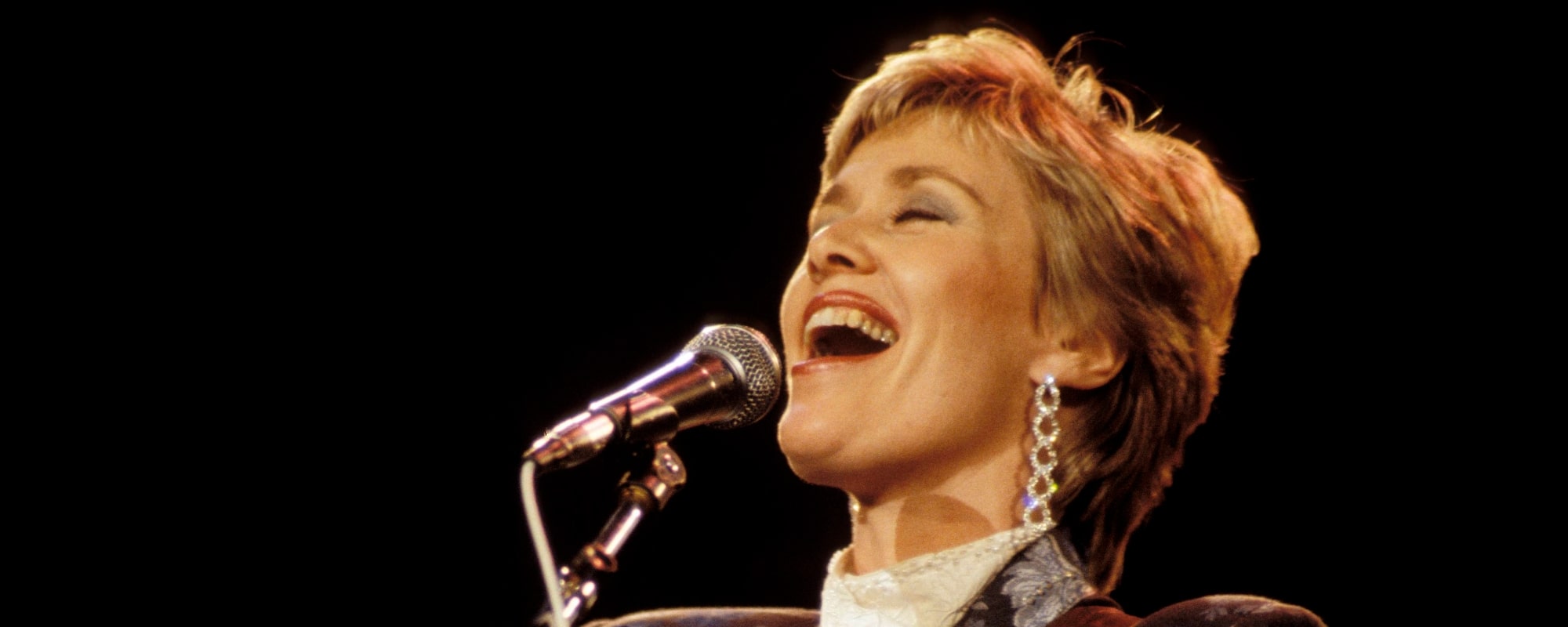
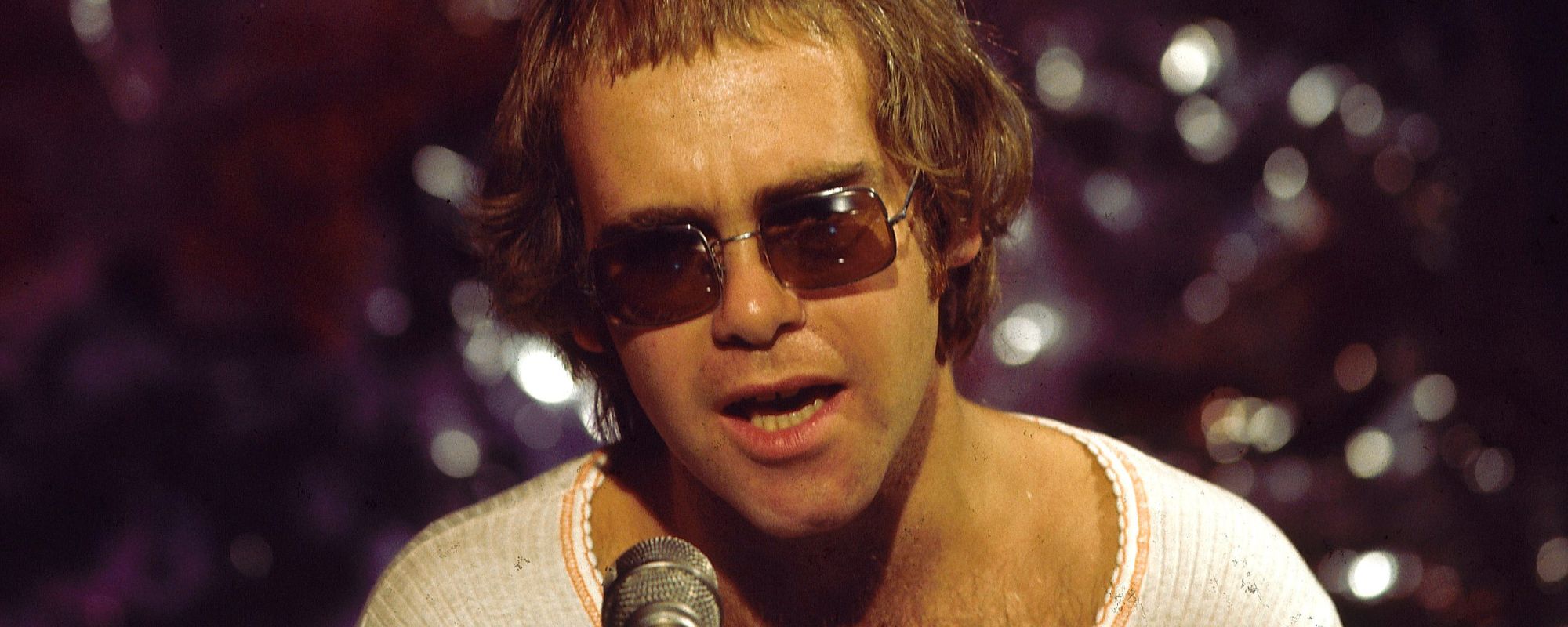
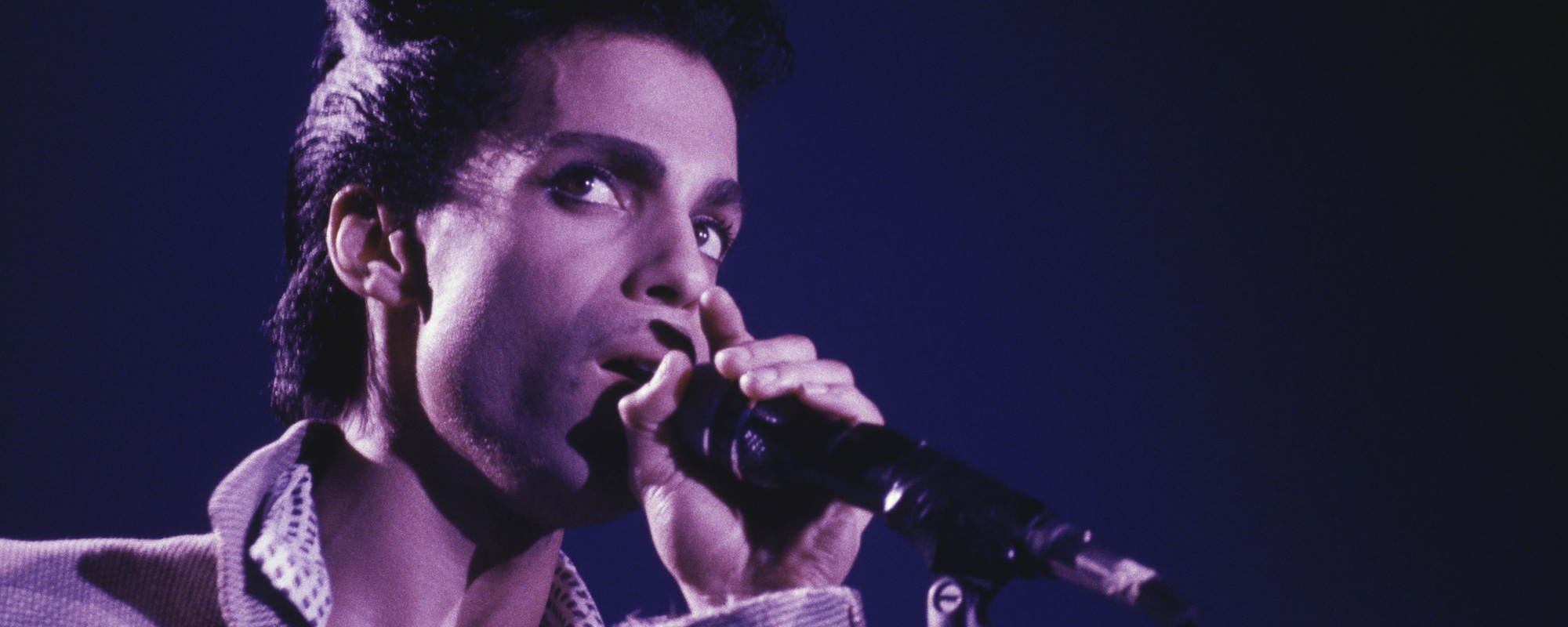

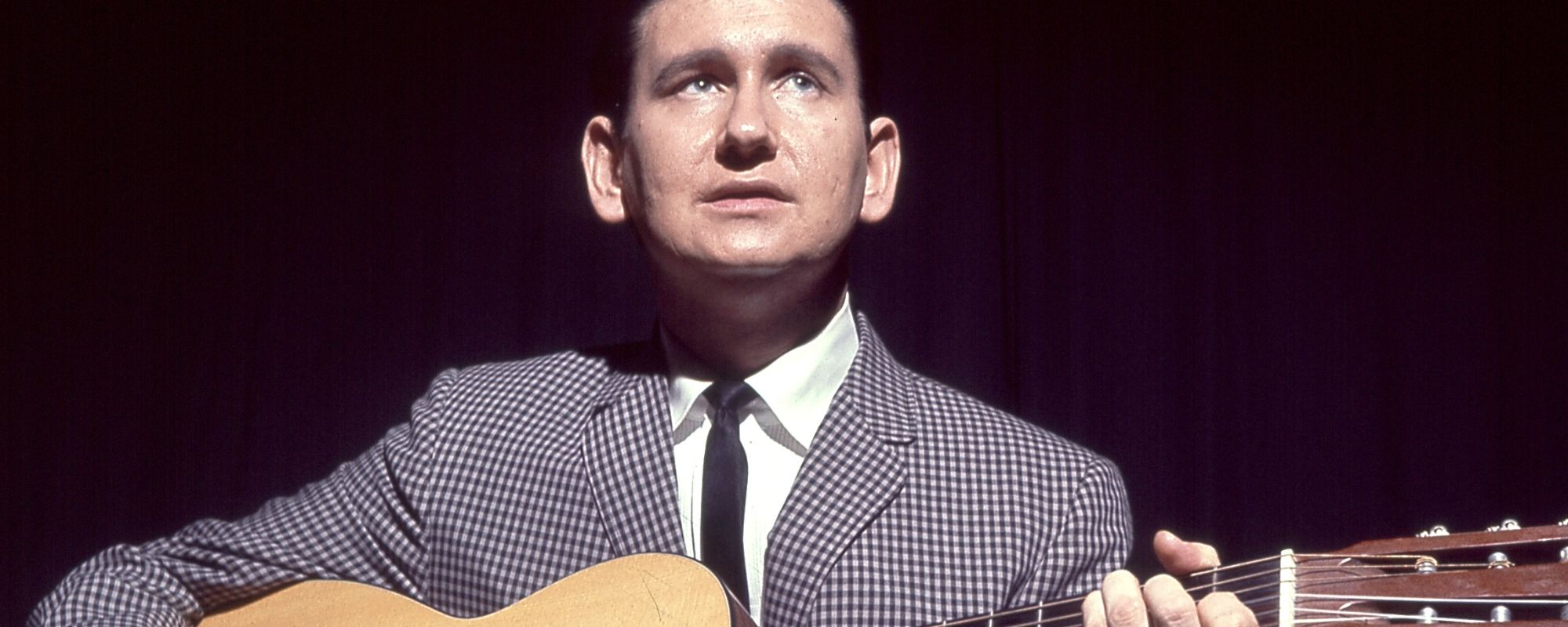
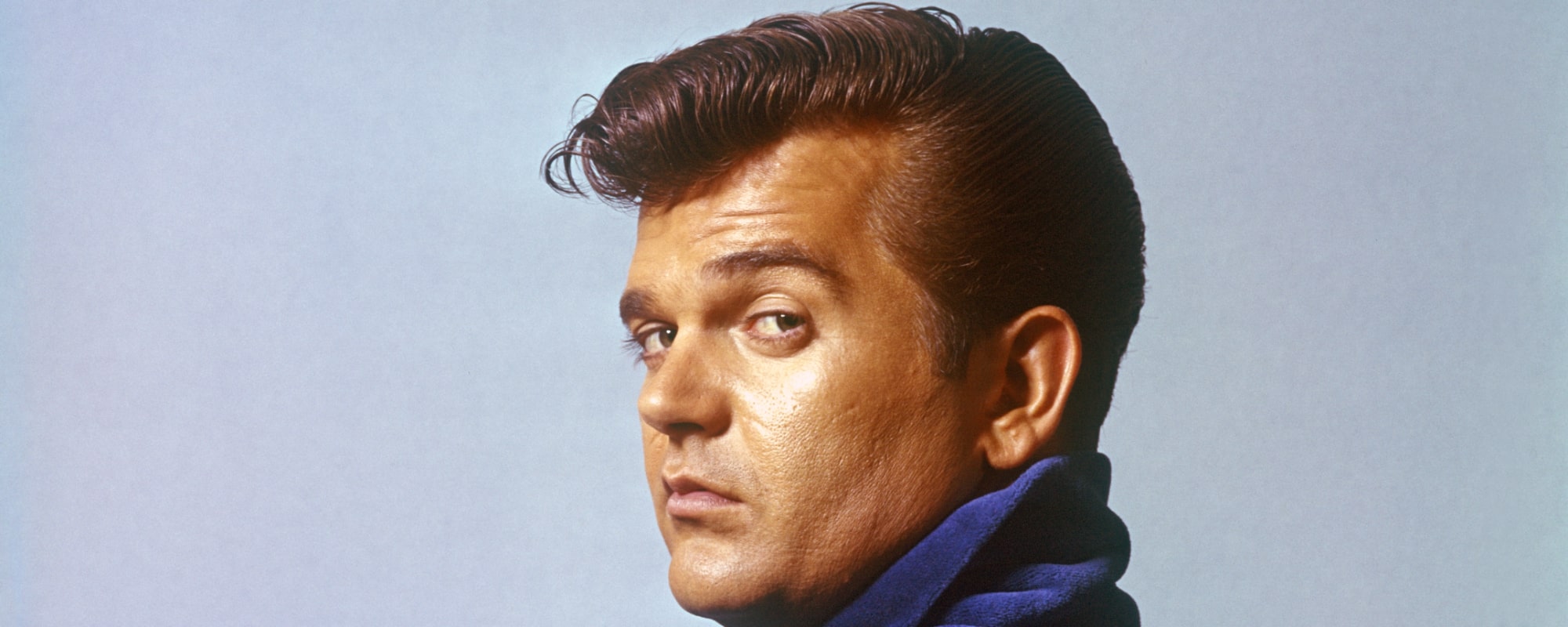
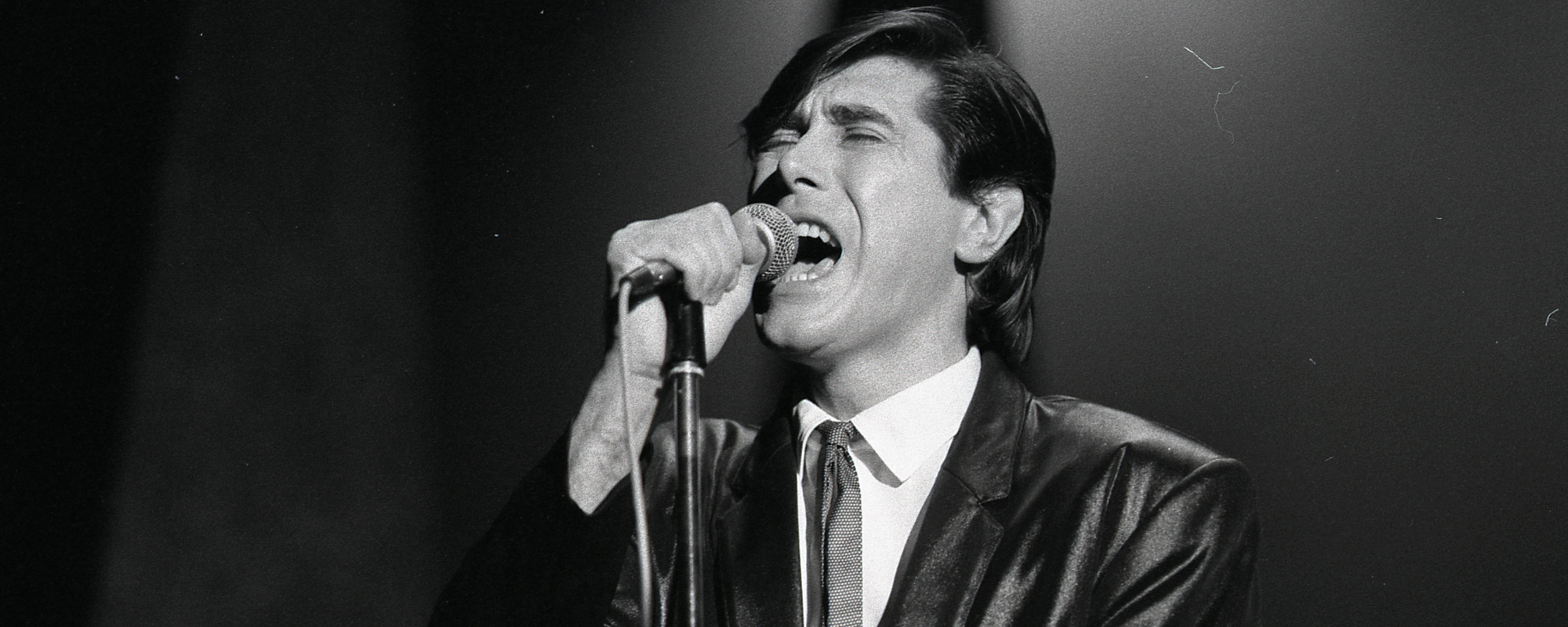


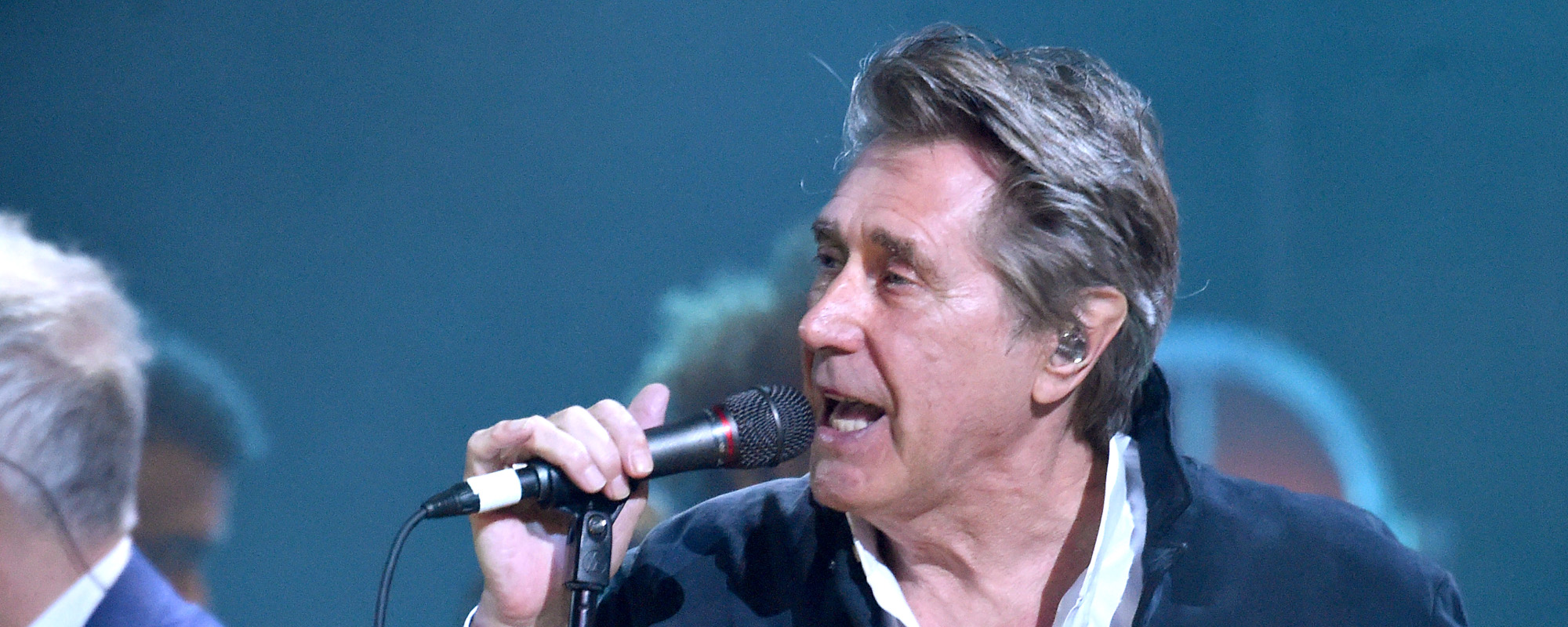
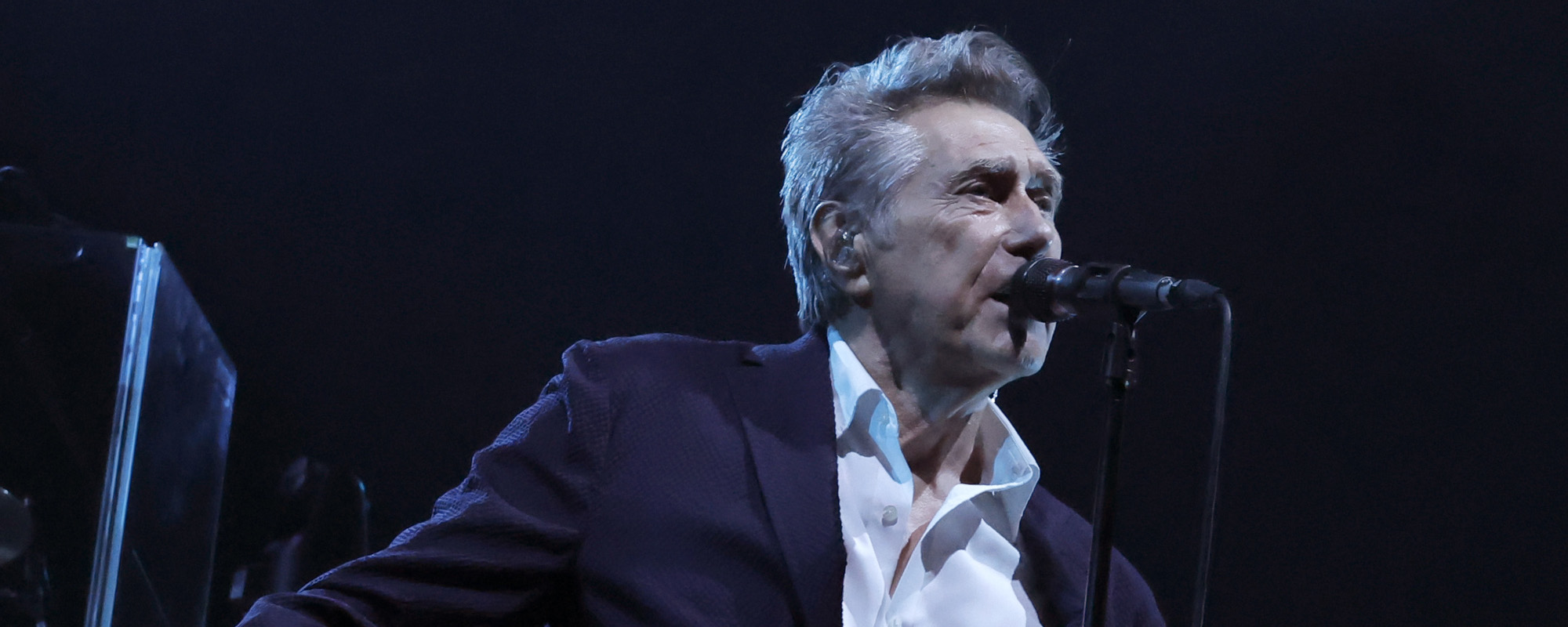
Leave a Reply
Only members can comment. Become a member. Already a member? Log in.